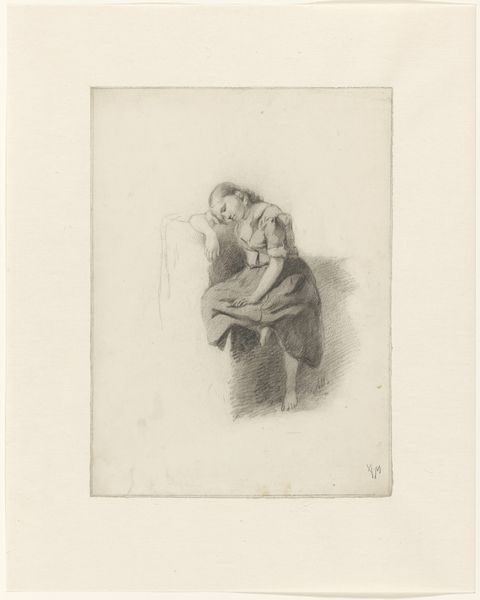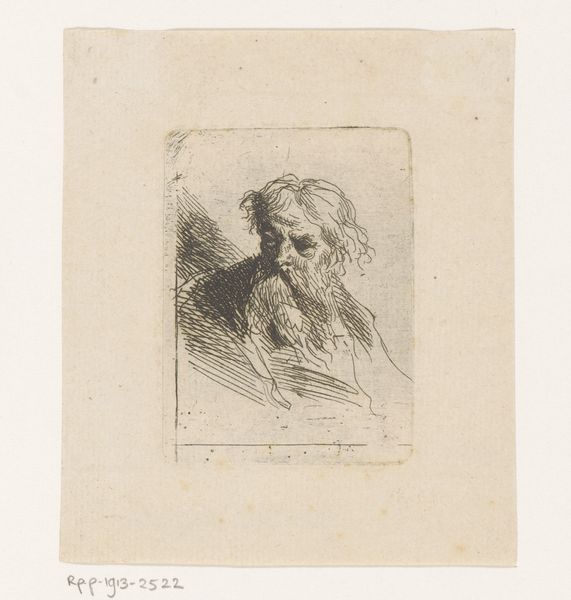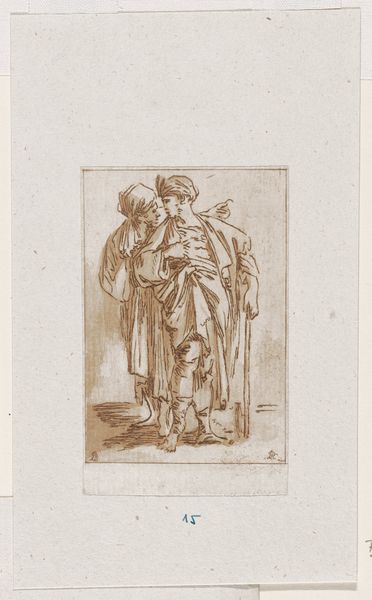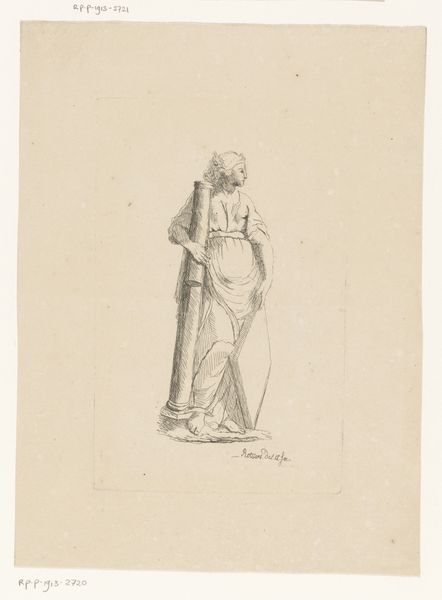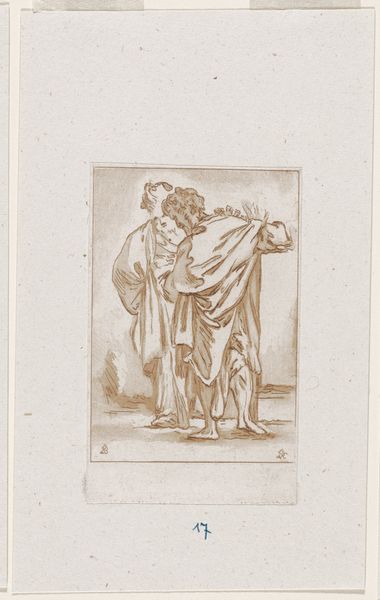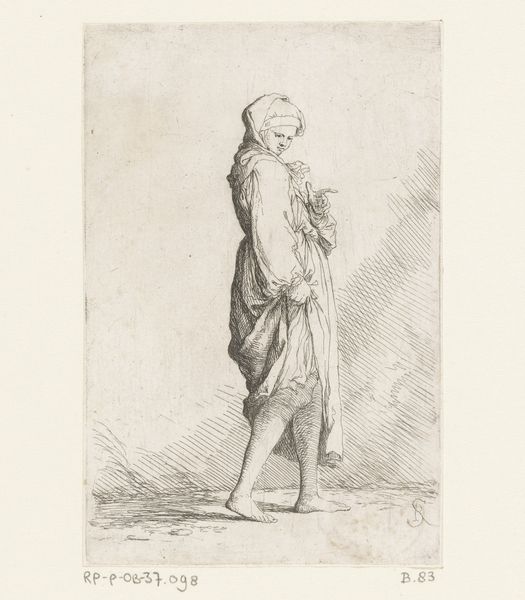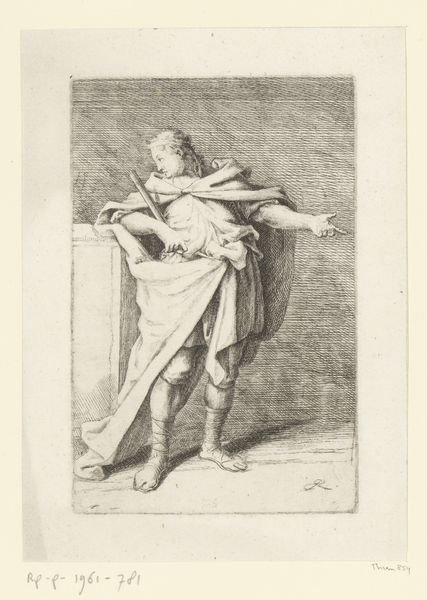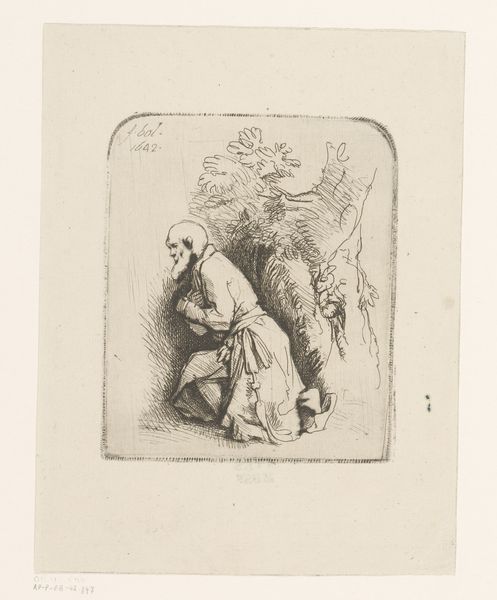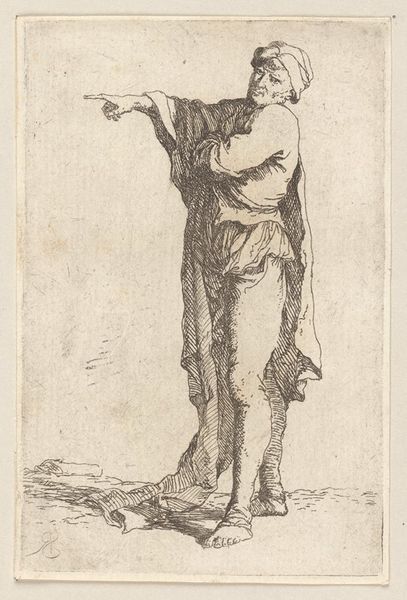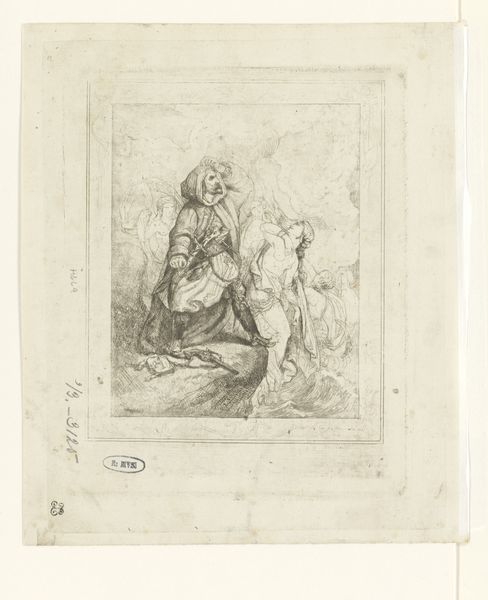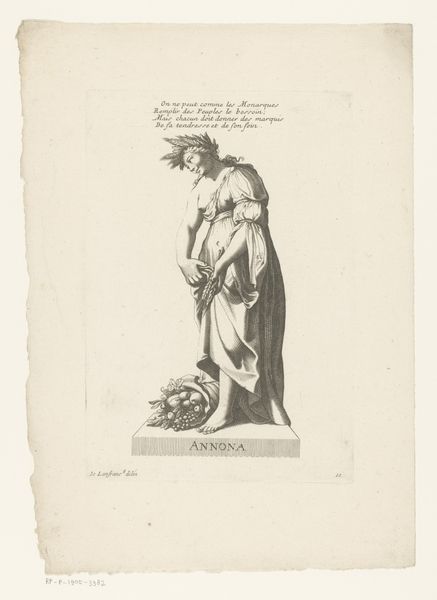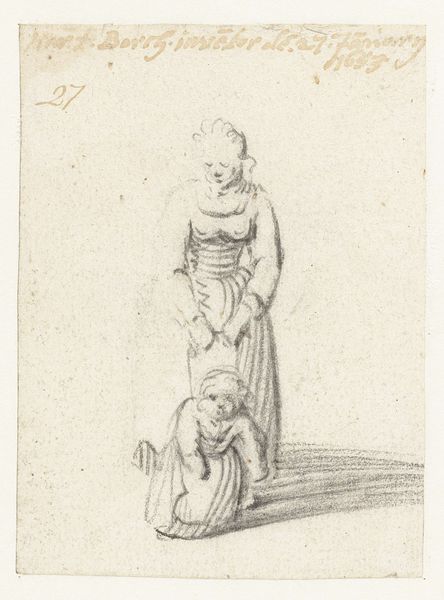
etching
#
portrait
#
baroque
#
etching
#
figuration
Dimensions: width 73 mm, height 110 mm
Copyright: Rijks Museum: Open Domain
Editor: This etching, "Boy with Sheep" by Hendrik van der Borcht II, dating from 1638, feels strangely intimate, like a glimpse into a very private moment. What strikes me most is the texture; you can almost feel the wool of the sheep. What do you see in this work? Curator: Beyond the charming portrayal, consider the labor inherent in its creation. Etching was a demanding process, involving skilled craftsmanship and careful use of materials. Each line etched into the copper plate represents a deliberate action, a testament to the artist's time and effort. It invites questions about artistic production during the Baroque era: Who was consuming these prints? And how were they distributed? Editor: That's a good point. It wasn't just the artistry, but also a product of labor. How did the choice of etching influence the reach of the work, compared to, say, painting? Curator: Exactly! Etchings like this one could be reproduced, entering broader markets and households than unique painted works. The material conditions shaped the art's consumption and accessibility. Who owned sheep at the time and what social implications might a portrayal like this elicit? Editor: So, thinking about the social context and production method together helps to reframe our understanding of the piece. It shifts it away from solely aesthetic value. Curator: Precisely. By examining the materials, the means of production, and the intended audience, we unveil hidden layers of meaning within “Boy with Sheep." Editor: That is helpful; now, seeing how widespread etchings could be at that time gives the artwork another layer of complexity.
Comments
No comments
Be the first to comment and join the conversation on the ultimate creative platform.
